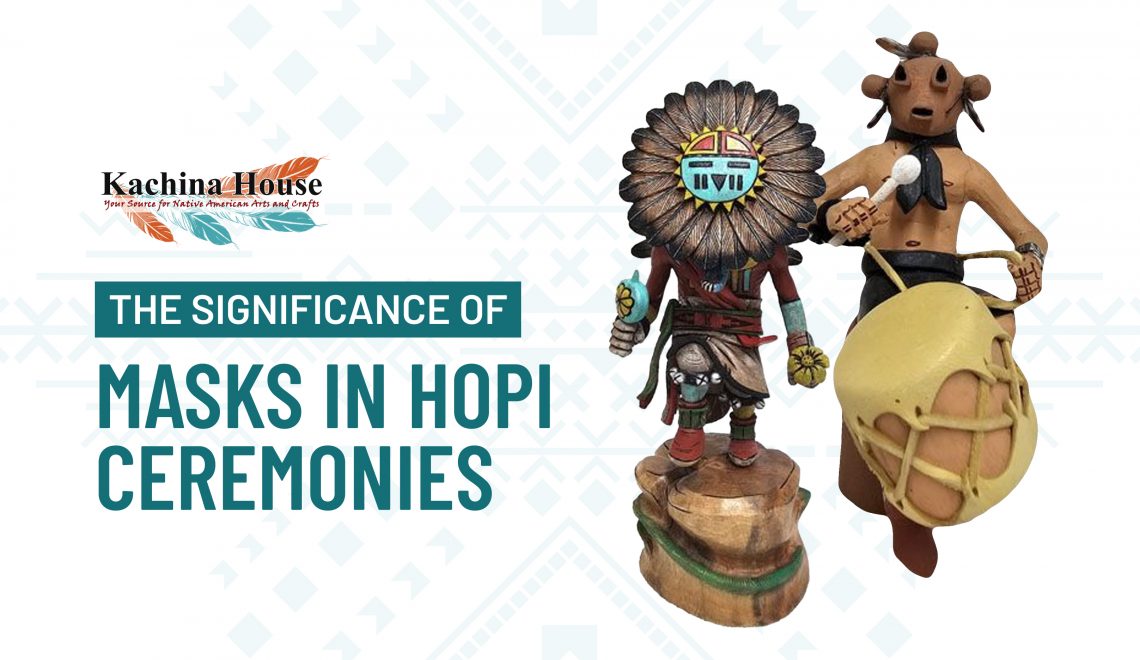
Masks play a crucial role in the spiritual practices of the Native American people. In the Hopi tradition, these masks, which symbolize sacred beings, are part of a dancer’s regalia used in various Katsina ceremonies to maintain a connection between the human world and the spiritual realm. Each mask embodies a unique Katsina, representing different elements of the Hopi worldview and ensuring the continuation of cultural traditions.
What Is the Significance of Masks in Hopi Ceremonies?
In Hopi culture, masks are sacred objects that represent Katsinam (spiritual beings), believed to bring blessings, rain, and protection. The use of masks during ceremonies allows dancers to personate these spiritual beings, invoking their presence to bless the community. The masks facilitate a deep connection to the supernatural realm, reinforcing cultural values, spiritual beliefs, and moral teachings through their ceremonial use.
What Do Different Hopi Masks Represent?
Hopi masks represent various Katsinam, each with a distinct significance. Here are some examples:
- Hon (Bear Katsina): The Bear Katsina symbolizes strength, protection, and healing. Its mask is used in ceremonies focused on agriculture, spirit invocation, and community purification.
- Koyemsi (Mudhead Katsina): This mask is characterized by its unique clay-like appearance, associated with clowns who regulate social behavior, provide entertainment, and play important roles in ceremonies.
- Spirit Mask by Richard Gorman: This contemporary mask incorporates migration symbols, the four directions, and other motifs, blending Hopi and Navajo cultural elements. The mask’s feathers and painted designs symbolize interconnectedness with nature and the spiritual world.
- Tawa (Sun Katsina): The mask represents the sun’s warmth and life-giving power, often used in fertility and renewal ceremonies.
How Are Hopi Masks Used in Ceremonies?
Hopi masks are integral to ceremonies during the Katsina Season–from Winter Solstice through Summer Solstice. These events involve masked dancers personating Katsinam to invoke blessings for rain, fertility, and protection. The masks are used not only for ceremonial dances, but also play a role in adult initiation rites, storytelling, and community education. Dancers wearing masks take on the roles of Katsinam, providing moral guidance and reinforcing cultural values through their performances.
Explore Masks at Kachina House
Discover the cultural depth and artistry of Native American and Casas Grandes masks by exploring our collection of Old Style as well as Full Figure Hopi Katsinam. These carved figures are representations of the masked dancers. Yei figures, carved or in paintings, serve a similar function in Navajo culture. The masks of Mata Ortiz are also powerful cultural pieces. Visit Kachina House to explore our collection and learn more about the powerful symbols in Native American spirituality. Visit kachinahouse.com to browse the selection.

